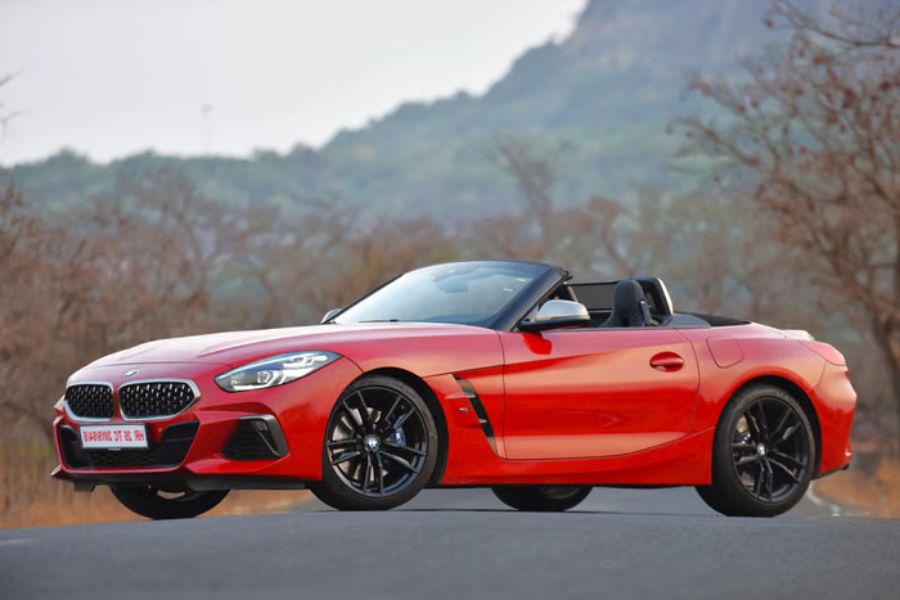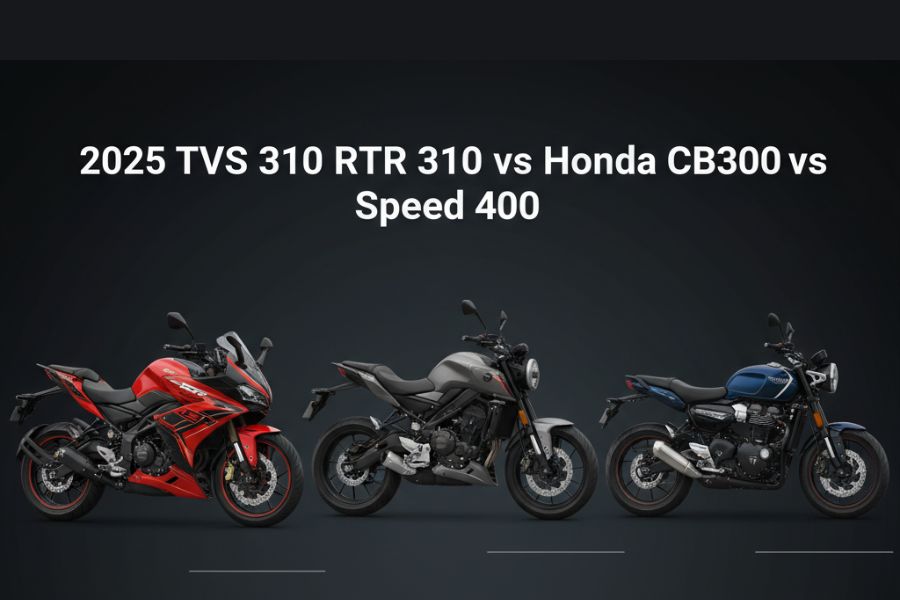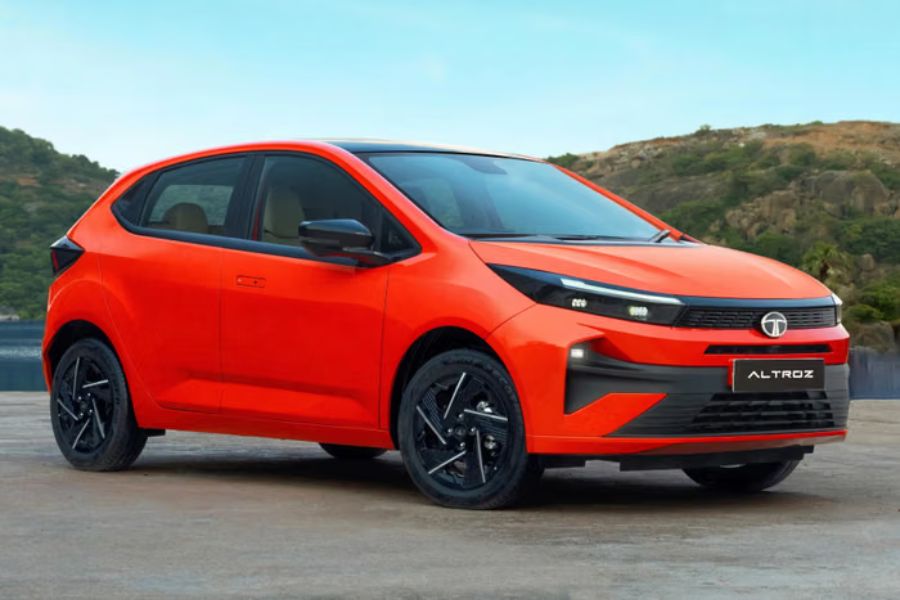As India’s off-road scene picks up pace, the demand for affordable yet capable trail bikes is steadily rising. Two prominent contenders in this niche are the KTM 390 Enduro R and the Kawasaki KLX230—both aim to deliver dirt-ready performance, but with vastly different philosophies. While the KTM packs serious power and tech, the KLX230 offers a lightweight, purist approach to off-road riding. With prices closely matched, which bike gives more value for its purpose?
Design and Features: Functional vs Feature-Rich
Both bikes are purpose-built for the rough stuff, but their execution differs significantly.
The KTM 390 Enduro R, built on the familiar 390 Adventure platform, trims down on excess. It sports an 18-inch rear wheel, smaller 9-litre plastic tank, minimalist bodywork, and dedicated dual-sport tyres. While the design carries the aggressive stance of an enduro, the materials used—particularly the plastics—feel a bit basic and may not weather gracefully over time. The compact 4.2-inch TFT display looks sharp and offers a wealth of information, although surprisingly, it omits a fuel gauge.
Meanwhile, the KLX230 embraces the simplicity of traditional trail bikes. Its durable plastic body panels and straightforward design lean towards function over flash. The LCD display is basic, lacking a rev counter and gear indicator, but does include a fuel gauge—handy for long trail sessions. However, its switchgear and hardware feel more entry-level, and being a CKD import, parts replacements like levers and indicators can be pricey.
Ergonomics: Trail Comfort vs Practical Design
Neither bike is ergonomically perfect, but each has strengths depending on your riding style.
The KTM’s 860mm seat height is tall but manageable for average-height riders. Its broader and more padded seat is better for longer rides and occasional pillion duties. Standing on the pegs feels natural, though the engine guard can awkwardly brush against your knees. It also has practical touches like usable mounting points for luggage.
The KLX230, while taller on paper with an 880mm seat height, feels more approachable once you’re on it thanks to its plush suspension sag. Its slim, firm seat isn’t ideal for long hauls, and standing ergonomics feel a bit too forward-biased—taller riders may want to raise the handlebars. One quirk is its side-stand setup, which can be tricky to manage due to the stiff rear shock preload.
Performance and Efficiency: Power vs Poise
This is where the KTM pulls ahead—on paper and on tarmac.
Powered by the proven 399cc liquid-cooled motor, the 390 Enduro R makes a hearty 46hp and 39Nm. It’s capable of high-speed cruising and feels right at home on highways. Off-road, however, the abrupt throttle and lack of low-end grunt can make it tricky in tight, technical terrain. KTM softens the learning curve with electronics: traction control, riding modes, quickshifter, and switchable ABS.
The KLX230, with its 233cc air-cooled engine, produces modest output by comparison—but that’s part of its charm. It shines in low-speed, technical trails where throttle control and predictability matter more than raw power. While it struggles to keep up on highways and feels stressed above 90kph, its linear power delivery and smooth bottom-end make it a pleasure off-road. It lacks electronic aids, but it doesn’t need them.
Interestingly, despite its smaller motor, the KLX230’s real-world fuel efficiency isn’t drastically better—only about 4km/l more than the KTM, mainly because it has to work harder at higher speeds.
Ride and Handling: Trail Precision vs Dual-Purpose Balance
Off the beaten path, the KLX230 shows its true capabilities.
Though its suspension is basic, it’s better tuned for trail work—soaking up rocks, roots, and jumps with surprising finesse. Its lightweight chassis (roughly 37kg lighter than the KTM) allows for nimble handling and quick direction changes. The downside? It dives heavily under braking and doesn’t feel composed on-road, with vague front-end feedback.
The KTM, by contrast, is more of a jack-of-all-trades. Its suspension is adjustable, but the India-spec version has less travel than its international counterpart, making it feel bouncy off-road and less forgiving on rough terrain. Yet, on paved roads, the Enduro R transforms into a competent machine—stable under braking, planted in corners, and far more versatile for everyday commuting or long-distance rides. The Mitas tyres also provide a noticeable advantage over the KLX’s MRFs.
Verdict: Which One Deserves a Spot in Your Garage?
At around Rs 3.30 lakh, the KLX230 feels overpriced for what it offers, considering its minimal features and limited highway ability. That said, it’s a fantastic lightweight trail bike—easy to ride, forgiving, and dependable. As a dedicated off-road toy or a second bike, it excels. But for riders looking for an all-rounder, it feels compromised.
For just Rs 6,000–7,000 more, the KTM 390 Enduro R delivers significantly better value. It packs serious on-road performance, advanced electronics, and broader capability. It’s more demanding off-road due to its weight and suspension tuning, but it’s a more well-rounded package for those wanting one bike that does it all.
Final Call:
-
Choose the KLX230 if your heart lies in trail-riding simplicity, and you’re okay with sacrificing road manners.
-
Opt for the 390 Enduro R if you want an off-road-capable machine that can also comfortably commute, tour, and explore—the better one-bike solution by far.
Read More:




